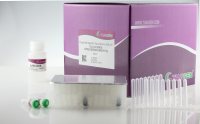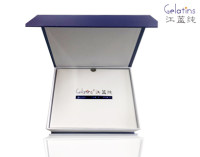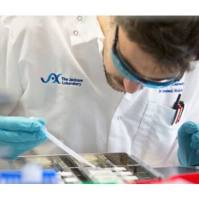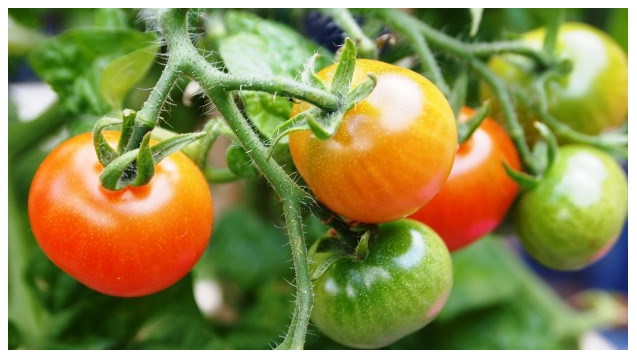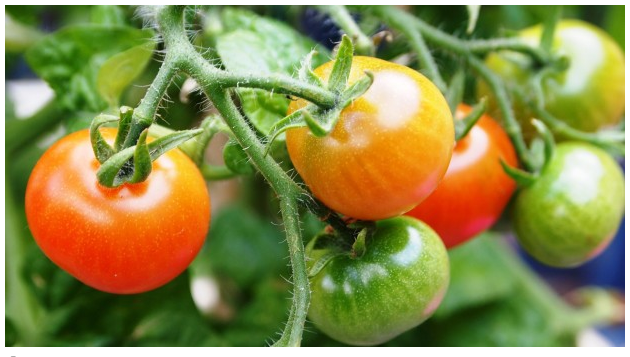番茄基因组作图与分子育种
互联网
Genome mapping and molecular breeding of tomato.--2007.pdf (1.5 MB, 下载次数: 0, 售价: 金钱 10 )
摘要:
The cultivated tomato, Lycopersicon esculentum, is the second most consumed vegetable worldwide and a well-studied crop species
in terms of genetics, genomics, and breeding. It is one of the earliest crop plants for which a genetic linkage map was constructed,
and currently there are several molecular maps based on crosses between the cultivated and various wild species of tomato. The
high-density molecular map, developed based on an L. esculentum × L. pennellii cross, includes more than 2200 markers with an
average marker distance of less than 1 cM and an average of 750 kbp per cM. Different types of molecular markers such as RFLPs,
AFLPs, SSRs, CAPS, RGAs, ESTs, and COSs have been developed and mapped onto the 12 tomato chromosomes. Markers have
been used extensively for identification and mapping of genes and QTLs for many biologically and agriculturally important traits
and occasionally for germplasm screening, fingerprinting, and marker-assisted breeding. The utility of MAS in tomato breeding
has been restricted largely due to limited marker polymorphism within the cultivated species and economical reasons. Also, when
used,MAS has been employedmainly for improving simply-inherited traits and notmuch for improving complex traits. The latter
has been due to unavailability of reliable PCR-based markers and problems with linkage drag. Efforts are being made to develop
high-throughput markers with greater resolution, including SNPs. The expanding tomato EST database, which currently includes
∼214 000 sequences, the new microarray DNA chips, and the ongoing sequencing project are expected to aid development of more
practical markers. Several BAC libraries have been developed that facilitate map-based cloning of genes and QTLs. Sequencing of
the euchromatic portions of the tomato genome is paving the way for comparative and functional analysis of important genes and
QTLs.
本文来源自:http://bbs.bioon.net/bbs/thread-302925-1-1.html



